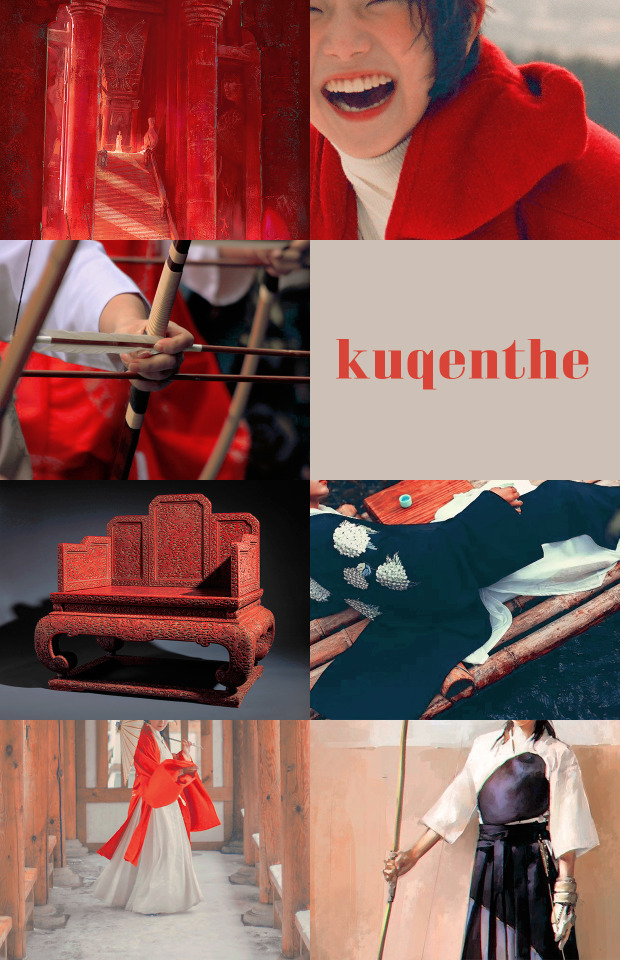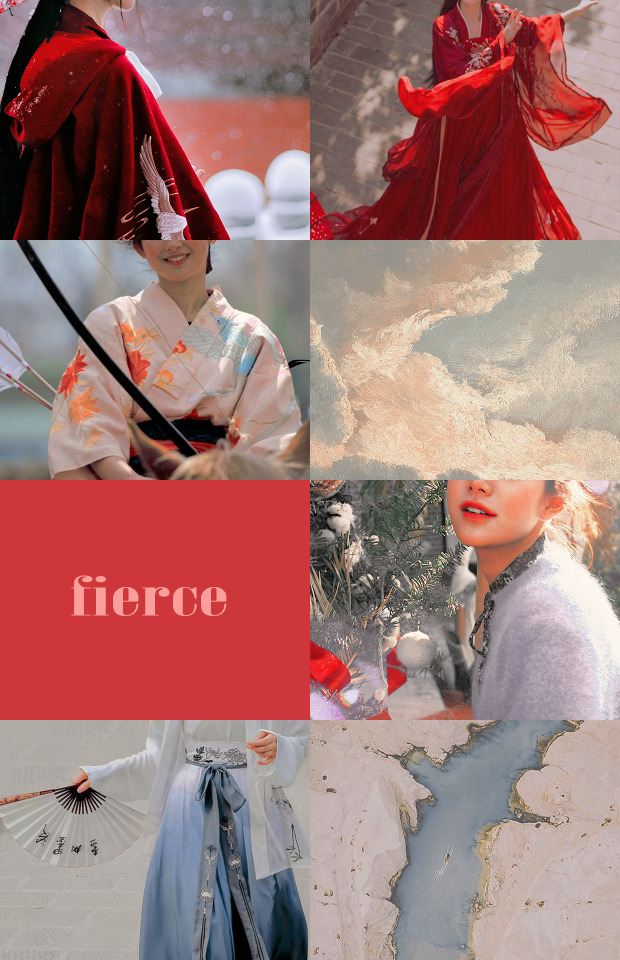#i've heavily revised this one and changed the order of the images for a more cohesive loove :D
Text
ARTIST STATEMENT
First of all, I wanted to thank everyone for the support given to me to even start this project. My partner who let me call and complain to them about line weight or fingers being the bane of my existence, my professor who did her best to reign me in from biting off more than I could chew, my kasamas who let me ask them questions about schooling in the Philippines, thank you to everyone who listened or offered a suggestion. Thank you to the library for letting me check out an odd number of books, heaps at a time (and telling me that it's cool if I returned one late because its due date wouldn't change from the same day I checked it out.)
It went through many more revisions than I anticipated and had to place this project on pause a few times while life happened around me, but I finally have my bits and pieces that I'm really proud of putting out into the world! Obviously, I wish that I was able to complete the entire piece but sometimes the message you want to imbue into the world through art has to be on pause while you use your physical body to put the work in.
What made you want to make a komik?
I wanted to make a komik because I think that the visual medium of storytelling is so interesting since unlike oral storytelling or prose, the words aren't the only important element. Poses, lighting, color, detail vs lack of detail, and brush choices, are all incredibly important in tone and what an illustrator wants to convey. It was also an important medium to me based on the message of my story which puts images and words in a hard tension with each other. A picture can mean a million different things based on the text captioned underneath it. But when that caption, or those words are used to paint a unreliable narrative, it's important to wonder why and examine to what end.
What aspects of the class did you take inspiration from/where did you use your research?
Each section was inspired and based off of research I had done about the medium I was exploring. For example, with the newspaper, I took a lot of inspiration from how the news right now use certain words in order to paint the narrative that best serves a certain political idea. For example, the adultification of people of color, usually black children, in order to dehumanize them and garner less sympathy. Studies have been done by USC and Georgetown University about the negative impact that it has on young children, particularly young black girl's mental health. It is also important to note that while these intuitions have studies on the adultification bias, they also actively ignore the adultification bias that is currently affecting Palestinian children who are being murdered by Israeli soldiers.
However, I also heavily researched newspapers during Duterte's presidency in the Philippines during his war on drugs and the extrajudicial killings that took place. Language in the media was very important as is shown in the documentary about Maria Ressa: A Thousand Cuts. This documentary not only helped with the newpaper angle that I was interested in, but also the online small reporting blog that is called Snapport in the komik--after Rappler in real life. There is a very political conversation surrounding the usage of language a mainly visual based medium. When words are repressed or censored, can an image do the work on its own?
As for the final section, the Zine section, I took the most inspiration from Bamboo Girl and Call Out Queen. Along with looking into other Filipino zines from the Philippine Zine Collection. Since they tend to be the most DIY and freeform, I decided to really have fun with format and layout.
What conversations did you want to engage with?
I wanted to talk to a sort of demonization power that the media has and how it is so easy to use it to affect the social consciousness. I've thought about this a lot since learning about the Philippines under Martial Law. Because the Marcos not only had control of the narrative, mainly through cultural/media presence, but also through being the ones actively rewriting the history books. However, on the other end, how social media (which hasn't been regulated to the point of news outlets) allows for these stories to be heard and told.
I also wanted to look at the power of images versus words. In the komik, the first page is words over-powering a small image. The words are targeted and biased solely based on opinion. But as the story progresses, it's clear to see how the beginning narrative ripples through the community. How people the farthest away from the scene, mainly due to class or privilege, feel educated enough to speak up on it due to reading the news--without considering the bias the news might have toward affirming ideas of a lower class to the upper class. (This is something that has been prevalent all throughout the history of news, to the point that the first printed photo in a US newspaper was on March 4th, 1880 in the Daily Graphic, and the image was that of a shanty town. Giving the upper class something to gawk over at how people could live in such a way.)
It was important to me that the ending scene and beginning scene were the ones I focused on. I wanted to begin with words, dictating how you should feel about the blurred image of violence which is used more for shock value than important context, and ending with an image of coming together, of community and support, of love.
What was one of your biggest challenges?
Probably the most expected answer, time. It was consistently running against me, especially since I felt I kept spending the most time researching and revising rather than actually drawing. This ended up really kicking my butt, but also forcing me to pick the most important images and feelings I wanted my audience to come away from my piece with. It made me take this ginormous story which more than likely could've gotten away with me and made me distill it into its most saturated moments.
What did you fall short of?
There was so much more that I wanted to do and explore with formatting in conventional and unconventional ways that I'm not sure got across due to the small number of pages. However, I made sure to be 100% proud of the pages I produced, so I believe that's the silver lining.
0 notes
Text


the one who laughs without restraint: Kuqenthe, “three rainbows”
#stone dance of the chameleon#sdc#kuqenthe#aesthetic#sdc aesthetic#masks ladies aesthetic project#i like to hc that she was; like.#a really powerful and aggressive woman#i mean; she led (+ ikoriane) singlehandedly led chosen society so she must've commanded tremendous respect#between her and ikoriane i see her as being the 'heart' of the duo; the emotional one; the extroverted one; the born leader#i imagine she loved strenuous activities like dueling and archery and the rest#after Qusata was born and she became regent (? canon mechanics aren't explained well) she really enjoyed her free life and took up---#her childhood favourite sports again :)#update from 28/5/20:#i've heavily revised this one and changed the order of the images for a more cohesive loove :D#and changed the filter bc the older one was awful D:
1 note
·
View note